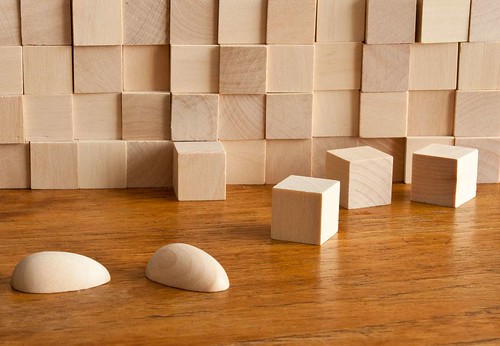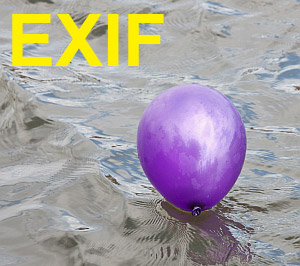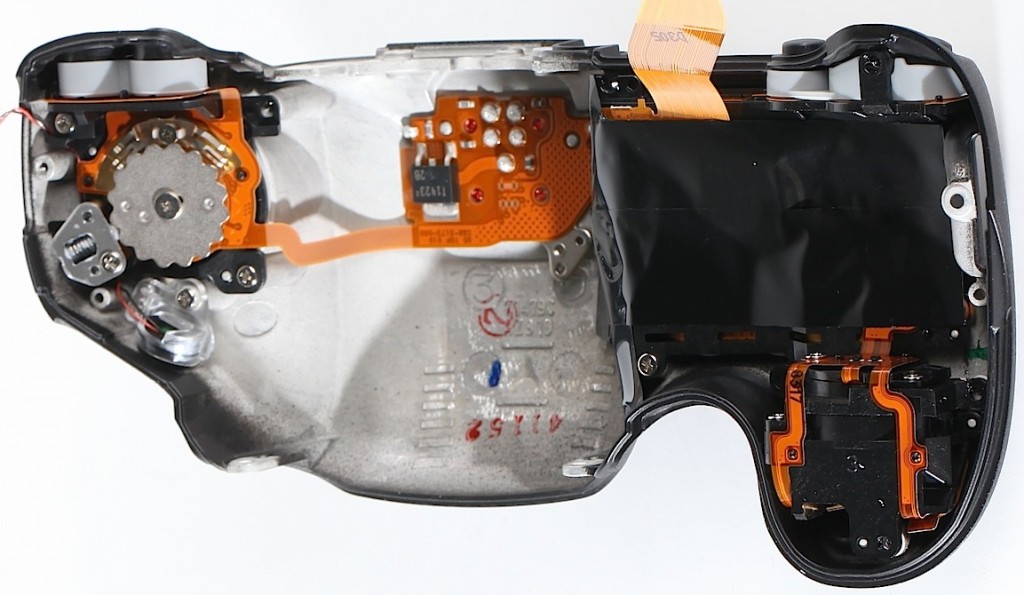The history of video graphics.
While computers were developing the monitors were also undergoing considerable development. The significance of these improvements had an impact on the development of digital cameras. The modern LED display of the camera owes little to the original cathode Ray Tubes of the first monitors. However, the resolution of the displays and the aspect ratio was important.
Early Video Resolution
Prior to the 1970s most computer displays resembled big typewriters. They were noisy, mechanical units with wide paper (128 or 256 spaces across). Early video displays were pretty poor too. They were only able to display characters and visually limited graphical blocks. After the introduction of colour television in the 1970s computer screens did not improve much until after the invention of the Apple Macintosh in the 1980s. Computers up until that time had little or no graphical display capability. However, Apple and Microsoft were racing one another to improve graphics systems. By the late 1980s computer graphics had come of age. The video graphic systems needed to improve to meet the new standards of computer displays being sought out for the new consumer market in personal computers.
In 1987, International Business Machines (IBM) released – VGA – the Video Graphics Array standard. This standard was quickly found to be insufficient and in 1990 IBM released the XGA – Extended Graphics Array standard.
Throughout the 1990’s the improvements in video standard moved rapidly. The release of flat panel displays and especially the LCD screens had a significant impact on digital camera technology.
LCD displays
Through the 1990s the video standards evolved. However, the developments of plasma screens and Liquid Crystal Display (LCD) screens (flat screens) had begun. By the year 2000 Plasma flat screens had largely been used for large television displays, mostly those in excess of the 30inch standard. The more flexible format, the LCD screen, had been gaining ground in a variety of sizes. The first LCD displays for cameras went to market in the late 1990s. These began to have a significant impact on consumer interest in the camera market after the year 2000. LCD Displays are used today on nearly all DSLRs and most other consumer cameras.
Video Graphics after the year 2000
Following the growing use of flat panel displays in computing, and its adoption by camera manufacturers the video graphics standards continued to develop. After the year 2000 camera manufacturers have continued to try to get greater numbers of crystals (pixels) into the small screen on the back of the camera. Of course the graphics standards have also been developing. Most of the improvements had been based on the XGA Video standard.
In the last decade the video graphics situation became much more complex. High Definition systems (HD) have become important in all aspects of media, broadcasting and technology. The aspect ratio (see below), the number of pixels in the screen, the colour depth and the contrast capability of modern screens have all improved to a considerable degree. The extent to which these properties relate to different media has become differentiated. Video, digital camera image sensors, televisions, printing, and other display technologies have all evolved standards that are applicable to their specific requirements. HD has come to mean a high resolution (exceeding 1920 x 1080 pixels), ‘deep colour’ (billions of colour possibilities), high contrast, high refresh rate screen technology. The situation is confused by a large number of different national requirements globally. As a result the various graphics media standards have tended to be established more by manufacturer than by international standards and also by the broadcast standards accepted worldwide. Manufacturers have therefore tended to concentrate on making their equipment compatible with a wide range of common aspect ratios and compatible with local national broadcast standards.
The real meaning of HD for camera owners therefore relies on the specification of the equipment rather than an established standard. Equipment like monitors and screens on cameras are therefore best researched by comparison of specifications between models.
Photographic Glossary – Definitions, articles and resources…




